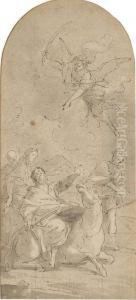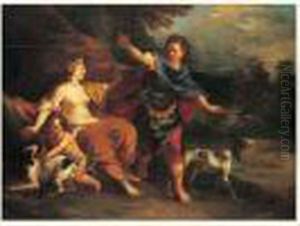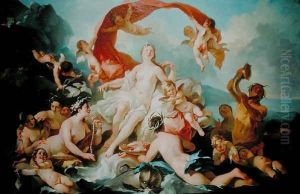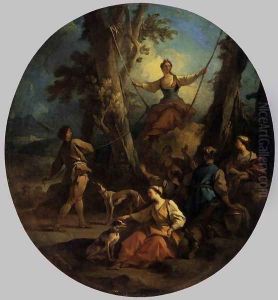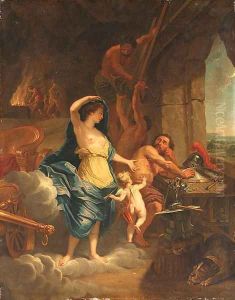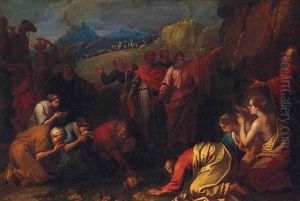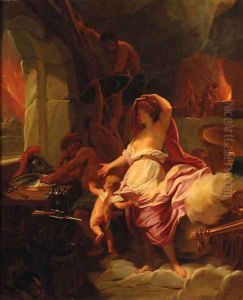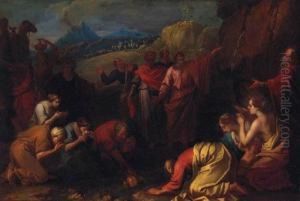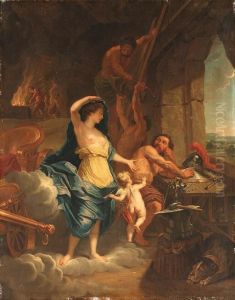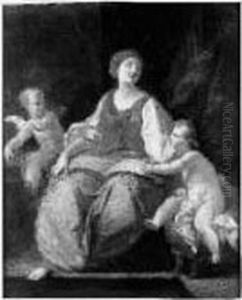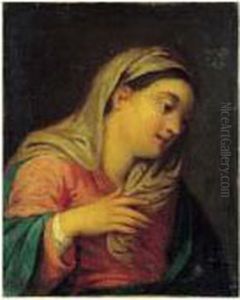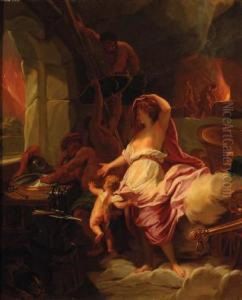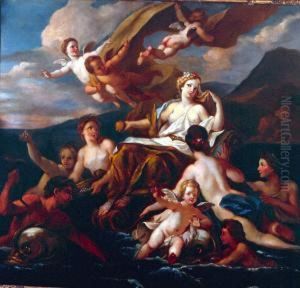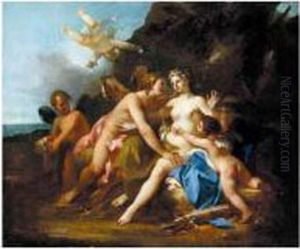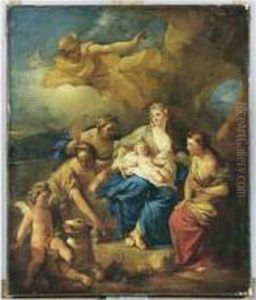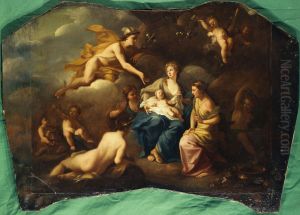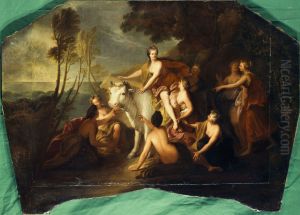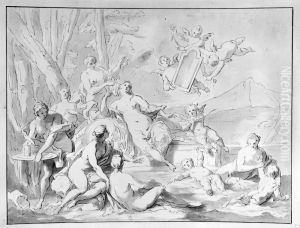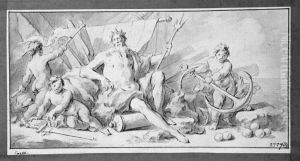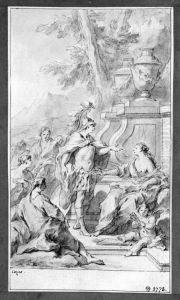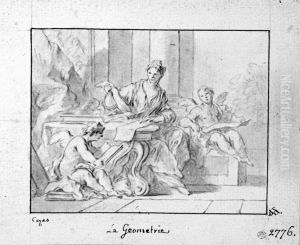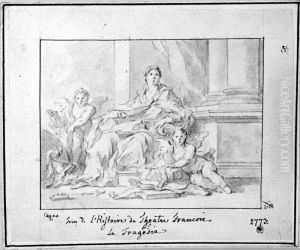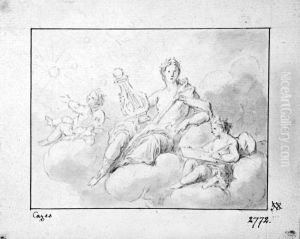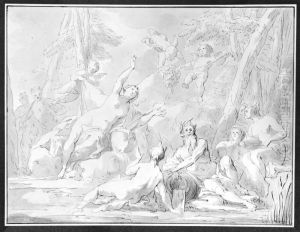Pierre-Jacques Cazes Paintings
Pierre-Jacques Cazes was a French historical painter born in 1676 in Paris. He studied under Noël Coypel and Bon Boullogne, becoming a skilled artist in the academic tradition. Cazes was recognized for his talent early on and won the prestigious Prix de Rome in 1699, which allowed him to study at the French Academy in Rome from 1703 to 1707. His time in Italy had a significant impact on his style, as he absorbed the influences of classical antiquity and the Italian Renaissance.
Upon returning to France, Cazes quickly became a sought-after painter for religious and mythological scenes. He was appointed as a professor at the Royal Academy of Painting and Sculpture in 1713, and he later became the rector and chancellor of the institution. Cazes's work reflects the grandeur and idealism of the French classical tradition, with a focus on harmonious composition and clarity of narrative.
Throughout his career, Cazes received numerous commissions for large-scale decorative schemes for important buildings in Paris, including the Palais Royal and the Hôtel des Invalides. He also painted altarpieces for churches and worked on designs for Gobelins tapestries, contributing to the rich artistic culture of the period.
Cazes's influence extended beyond his own work, as he taught several prominent artists of the next generation. He was known for his strong emphasis on drawing and adherence to classical standards. Pierre-Jacques Cazes passed away in 1754 in Paris, leaving behind a legacy as a respected figure in the French art world of the early 18th century. His works continue to be studied and appreciated for their embodiment of the academic values and the elegance of the era in which he lived and worked.
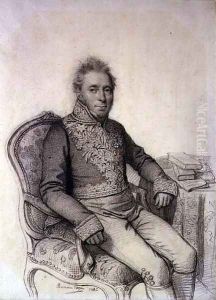
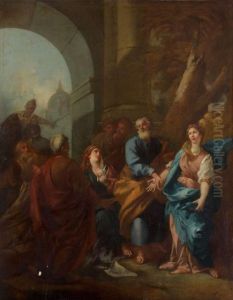
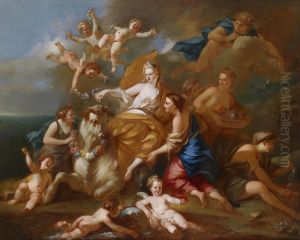
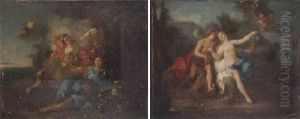
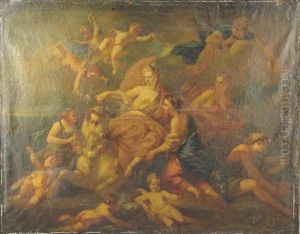
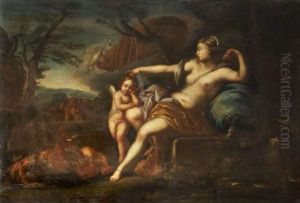
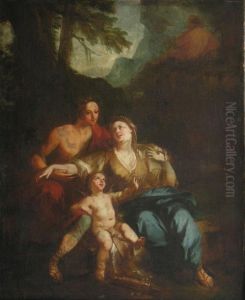
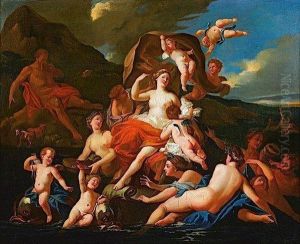
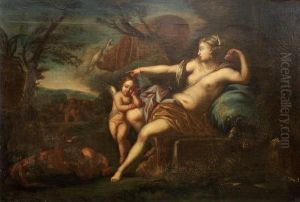
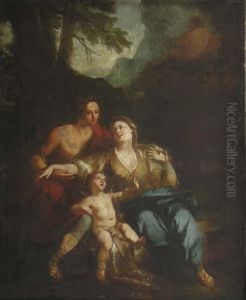
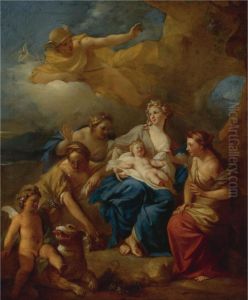
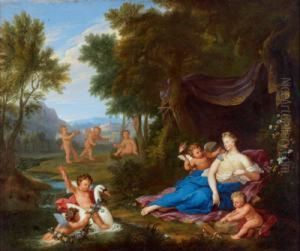
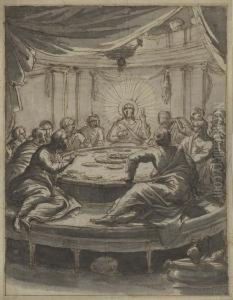
![Venus Et Adonis [ ; Venus And Adonis ; Oil On Canvas ]](https://www.niceartgallery.com/imgs/1225050/s/pierrejacques-cazes-venus-et-adonis-venus-and-adonis-oil-on-canvas--eb97ea6d.jpg)
